Blending Past with Present: Hasselblad Launches the new 907X Special Edition Camera to Commemorate 50 Years On The Moon.
Hasselblad, one of the most revered camera brands in the world, is known not only for its technical and aesthetic qualities, but also for exceptional images taken by the most famous photographers in the world. Yet it is also known for something else: an image that stands as one of the few, grand historic moments in human history, when the first men landed on the moon. And one, Neil Armstrong took a picture of earth with his Hasselblad.
Now, commemorating the 50th anniversary of the historic Apollo 11 moon landing, Hasselblad recently launched the limited 907X Special Edition package, including the 907X camera body and the CFV II CDC digital back, both in matte black with “On the Moon Since 1969” anniversary text.

Its history is meaningful. Attached to astronaut Neil Armstrong’s chest was a silver Hasselblad Data Camera (HDC) fitted with a Zeiss Biogon 60mm ƒ/5,6 lens and 70mm film magazine which had never actually been tested in space before. A second black Hasselblad Electric Camera (HEC) with a Zeiss Planar 80mm ƒ/2,8 lens was used to shoot from inside the Eagle lunar module. Standing up against the intense temperatures and lack of gravity in space, the Hasselblad cameras captured these seminal, lunar moments, letting the rest of Earth see what astronauts Aldrin and Armstrong experienced on the Moon. The resulting images taken with the HDC and HEC have proven to be legendary images recognized the world over.
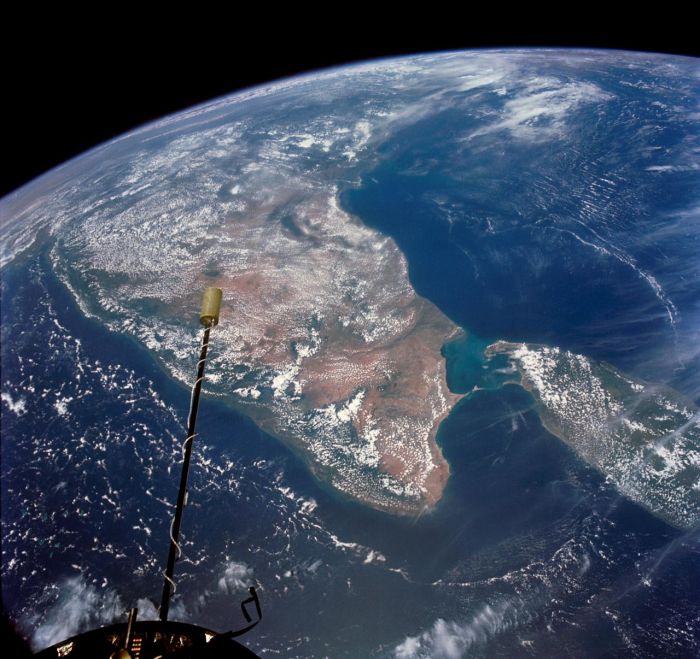
Hasselblad and NASA’s journey together began seven years previous to the Apollo 11 mission – in 1962 during the Mercury program. As a photography enthusiast, Naval Captain and Mission Pilot Walter “Wally” Schirra already owned a Hasselblad 500C. Knowing the high quality of Hasselblad, Schirra suggested to NASA they use a Hasselblad to document space travel. The successful, high-quality images that Schirra captured across his six orbits of the Earth convinced NASA, and a new partnership emerged.
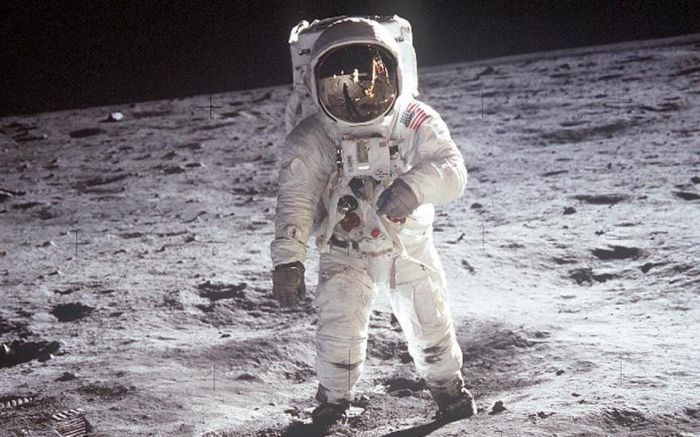
Seven years later, Neil Armstrong was on the moon, carrying out all the photography himself with the HDC attached to his chest. Working perfectly under the extreme conditions of the lunar surface, the HDC produced some of human history’s most iconic photographs. After the successful shooting on 21 July 1969, the Hasselblad was hoisted to the lunar lander. After securely removing the film magazines, both cameras with lenses and ancillary support accessories, were left on the moon in order to meet the stringent weight margins for the successful return. The succeeding five Apollo missions landing on the Moon would repeat this practice, resulting in a total of 12 Hasselblad camera bodies with lenses still left on the lunar surface.
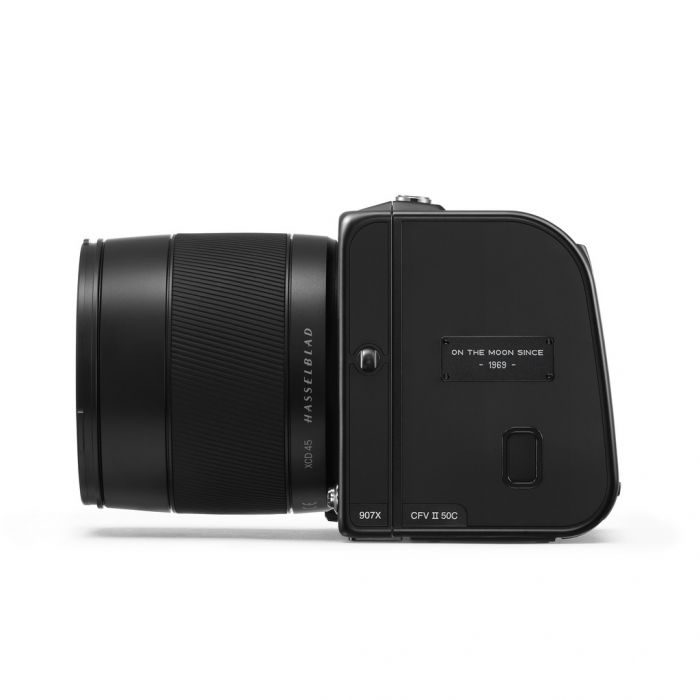
Dan Wang, of Hasselblad North America, was instrumental in helping launch this commemorative camera package. JustLuxe recently discussed deeper meanings of this commemorative launch with him:
JustLuxe: Hasselblad has always seemed more than just a brand, it has a profound history. The idea of commemorating the moon landing on July 20, 1969 with launching a camera similar to the one used by the astronauts seems so obvious, yet so original also. When did this idea begin, and what was the process from idea to actual reality?
Mr. Wang: Heading towards the 50th anniversary of the Apollo 11 mission, we knew we wanted to do something unique to celebrate this achievement. The design process of the 907X Special Edition ran alongside development of the standard 907X camera, though with its own process in aesthetic direction and materials selection.
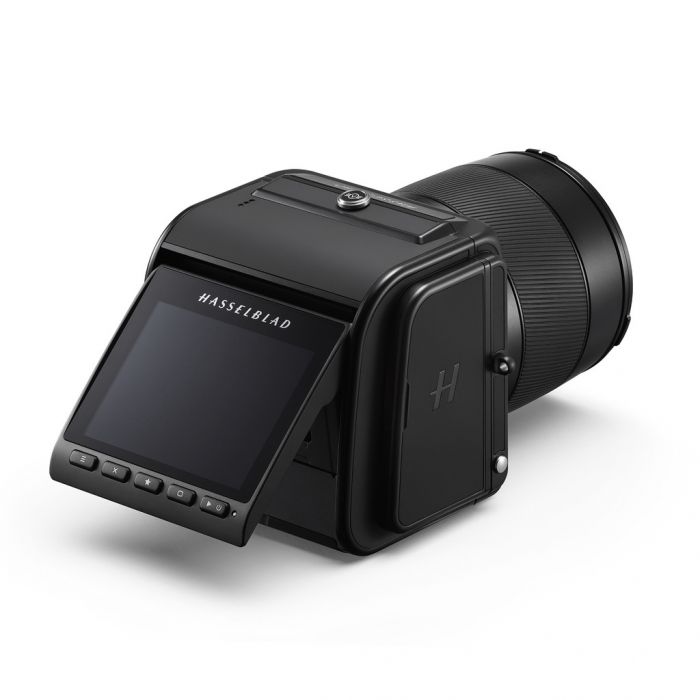
JustLuxe: To those of us who remember first seeing that clear image of earth from the moon, it defined the reality of space flight, and what earth really looked like. Were there any challenges in creating this commemorative camera? And if there were challenges, how did Hasselblad engineer solutions?
Mr. Wang: Hasselblad wanted to come forward with something that celebrated the first moon landing in an authentic way that was neither gaudy nor lackluster. Tying in true elements from the first Hasselblad cameras for spaceflight, like the 907X Special Edition's matte black outer treatment, whilst still maintaining a top notch modern technical capability, truly embodies our tribute to the past while celebrating the present through a unique cutting-edge medium format digital camera.
JustLuxe: Hasselblad was taken to the moon with profoundly memorable results. Is Hasselblad still working with NASA, and are any other Hasselblad cameras that will be used for space exploration?
Mr. Wang: While we cannot disclose what programs or agencies we work with, there are a number of photographers who choose Hasselblad for both documentation and artistic illustration of imagery surrounding the space exploration effort. Certainly, we still have our eyes set in the stars for humankind's next step too. Here’s some great stories referencing two photographers who have chosen Hasselblad as their go to camera for documentation and development in space exploration: https://www.hasselblad.com/stories/chris-gunn-nasa-james-webb-telescope-hasselblad/ and https://www.hasselblad.com/stories/outer-space-michael-najjar-hasselblad/.
JustLuxe: Could you discuss some of the more unique features of the Hasselblad 907X Special Edition?
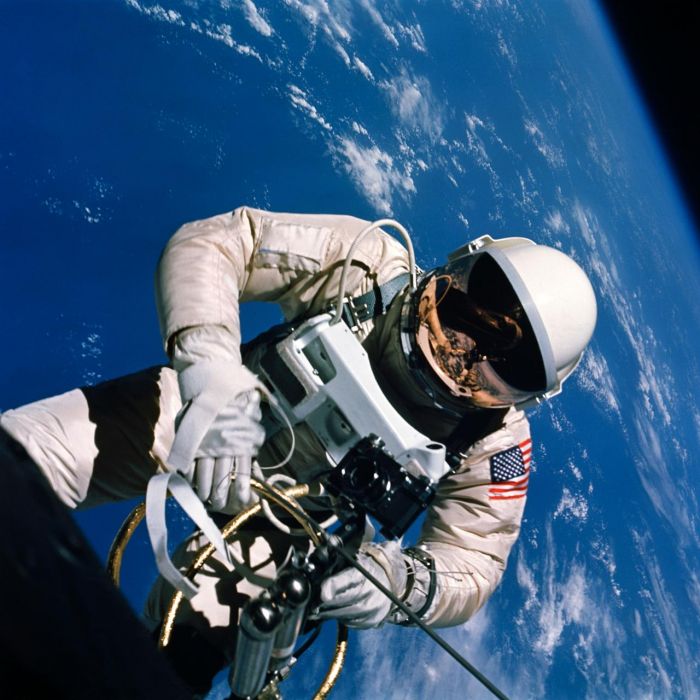
Mr. Wang: The 907X Special Edition is a limited offering by Hasselblad commemorating the Apollo 11 landing on the lunar surface in July 1969. Its matte black exterior pays homage to the first Hasselblad cameras modified for space exploration, while an inscription denotes, ‘On the Moon Since 1969.’ The front nameplate of the camera features a vintage Hasselblad logo as well.As Hasselblad's first modular mirrorless digital camera, the 907X features the ability to be used with the XCD system of lenses, or with its digital back separated, on a wide range of V-system cameras spanning over half a century of medium format technology. With a unique design and form, the 907X Special Edition blends a distinctive shooting style with cutting edge technology.
JustLuxe: To younger generations, the space flight and moon images of July 1969 must seem like historic artifacts. Do you think the moon images are the most famous photographs ever taken? How are they MORE than photographs taken of a time and place?
Mr. Wang: Certainly the images captured by the brave men and women of the Mercury, Gemini, Apollo, and Shuttle missions are all quite astounding. The imagery from Apollo 11's landing allowed for a more practical and legible understanding by the world's populace, and for many, mark not just a single moment in history but a point of inspiration. Be it for scientific pursuit, environmentalism, or just a passionate curiosity - we're honored to have been part of the journey. Celebrating this is the 907X Special Edition that melds past, present, and future.
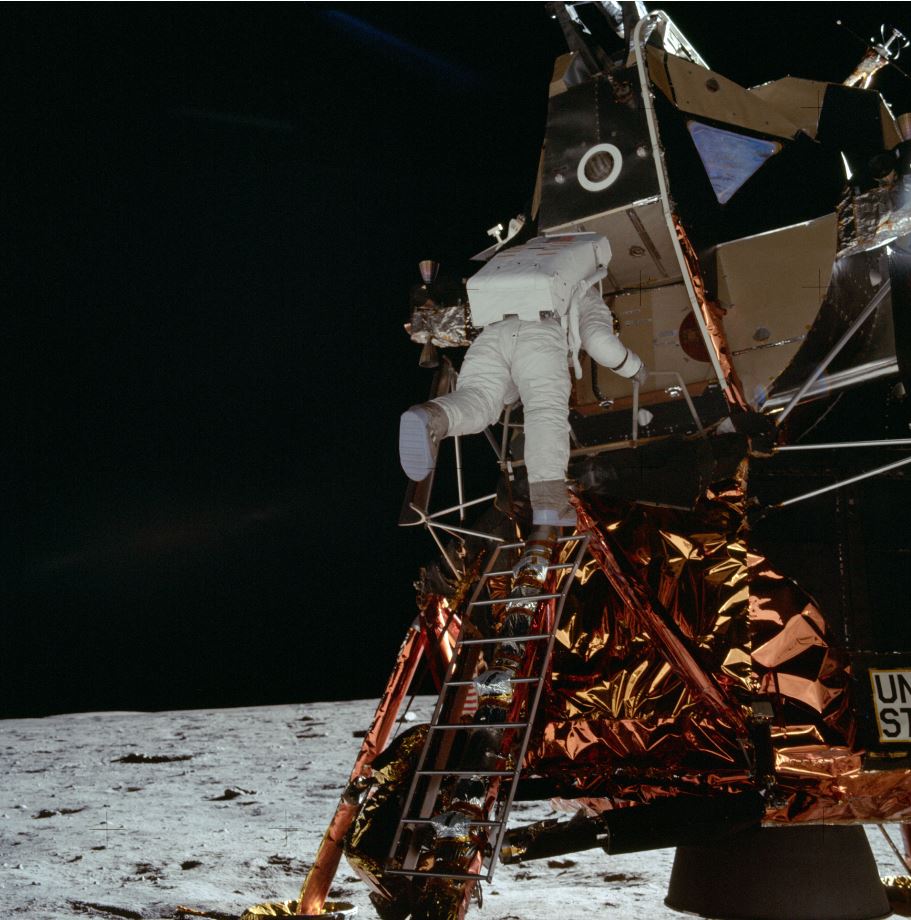
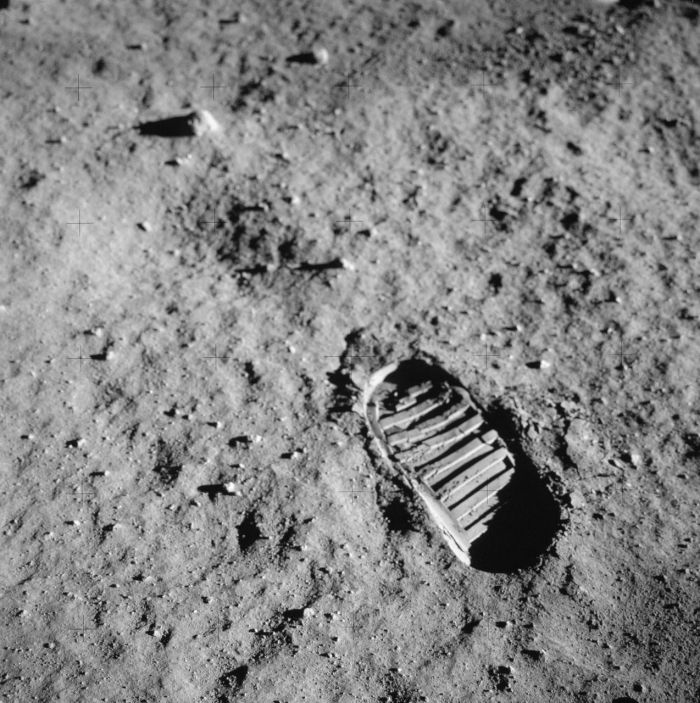
Hasselbald image of astronaut footprint, first lunar landing, 1969.















